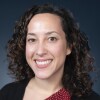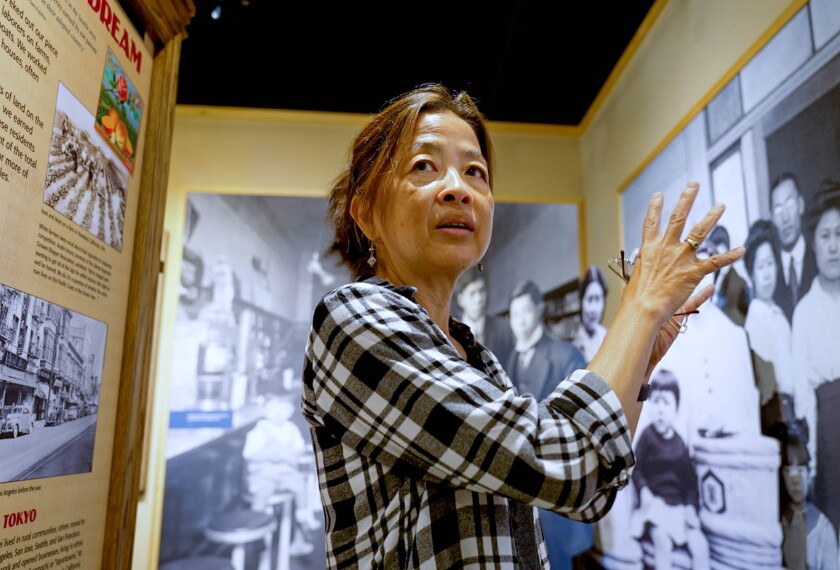A handful of school buildings in the Elk Grove Village, Ill., school district have served as polling places during recent election days, even as students and staff simultaneously carried out the normal school day.
That meant diverting school staff to monitor areas of the building where students and the general public might accidentally mingle; developing a strategy for hosting the polling place that would meet accessibility and fire safety requirements; and requesting reimbursement from the county for any unexpected costs that arose during this process.
District officials increasingly worry that the obligation to host a polling place is incompatible with the urgent mandate to ensure kids are safe from outside intruders while they’re at school. But they often don’t have much choice—Illinois state law says schools must host polling places if county election officials ask them to do so. More than 20 other states have similar requirements.
“It’s great being a part of the community and serving in that regard,” said Ron O’Connor, assistant superintendent of business services for the 5,700-student district. “But at the same time, you don’t want to disrupt a learning environment.”
The tension between those priorities will be top of mind for many school administrators in the coming months as they prepare for the presidential election on Nov. 5.
Many educators have general building security concerns tied to the persistent trend of school shootings over the last few decades. In addition, fears of election-related conflict and turmoil have escalated largely as supporters of former President Donald Trump have harassed poll workers and cast doubt on the results of recent election cycles.
Some districts, in states that allow schools to decline to serve as polling places, have decided the risks aren’t worth the service that hosting a polling place provides to the surrounding community. Others are forging ahead with plans to serve as election sites despite the complications that inevitably ensue.
Schools’ willingness to serve as polling centers could have major implications for voting access across the country. A 2013 Supreme Court decision gave states more flexibility to change voting laws without federal approval, and the pandemic led to a substantial increase in voting by mail in many states. As a result of those factors and others, the number of polling locations nationwide has been steadily dropping—200,000 were open in 2018, compared with fewer than 100,000 during the 2022 midterm elections, according to the U.S. Election Assistance Commission, an independent agency.
In Illinois, Election Day this year will be a state holiday, which means regular school operations will be closed that day. That’s been a big relief for O’Connor and his colleagues—but it doesn’t entirely eliminate the ripple effects on budgets and logistics.
School buildings in the district typically shut off or turn down utilities like HVAC systems on weekends and holidays. Someone will have to make sure that doesn’t happen the night before Election Day.
And on the day itself, custodians will still have to work even though students and teachers will be at home. Per the custodians’ union contract with the district, that means they’ll earn double their hourly wage that day.
To close or not to close
In other states, closing school isn’t so easy. Some district leaders in New Jersey have tried in recent years to find alternative spots for voting centers so they can keep their doors open and avoid calendar snafus.
“Since New Jersey law requires that children be in school at least 180 days a year, and we have to accommodate all kinds of religious and secular holidays and vacations, it can be difficult to construct calendars that include closures for polling,” said Betsy Ginsburg, executive director of the Garden State Coalition of Schools, an association of roughly 100 districts in the state.
The Bay St. Louis-Waveland district in southern Mississippi typically puts up extra fencing and adds door locks to “isolate the polling place”—the high school gym—from the rest of the building, said T.J. Burleson, superintendent of the 1,700-student district.
The district doesn’t incur the costs for those items, but it does deal with a higher-than-usual volume of cars entering and exiting the parking lot during the school day on Election Day. And regular activities that take place in the gym, including organized sporting events, have to be canceled or moved elsewhere.
Burleson previously worked for another nearby district in Mississippi where the school building that serves as a polling place is located on a two-lane highway. Traffic is heavy there every day, but on Election Day, “it’s a nightmare scenario for that district,” he said.
Officials in that district, including Burleson, had discussed at times the possibility of opting out of serving as a polling place. But that isn’t really an option in Burleson’s current district: “There’s just not a big enough building to house the polls for those precincts,” he said.
Forcing schools to open to the general public, even for a day, can be controversial. School and county officials in several states in recent years have pushed against using schools as polling places, citing safety concerns and occasionally even referencing non-existent state laws to justify the decision.
Conflict erupted in the La Joya, Texas, school district earlier this year when the school board narrowly approved the use of an elementary school as a polling place. Police officials said they were concerned the district wasn’t adequately prepared to handle conflicts that might arise between local election canvassers representing opposing parties outside the precinct, according to local media reports.
Schools are often caught in a no-win situation on this issue, O’Connor, the assistant superintendent in Illinois, said. His district has vestibules at every school entrance where visitors must show their driver’s license before they can enter. But “it kinda defeats the purpose” to allow anyone from the public to come in on Election Day, he said.
Burleson, in Mississippi, said he’d like to see local police departments provide additional officers to monitor the scene during Election Day, in addition to their current duty to direct traffic.
“Just for the safety of our kids, to allow the general public to have access to the schools, it’s kind of counterproductive to what we’re trying to accomplish there with keeping the kids’ safety a priority,” he said.
Disclaimer: The copyright of this article belongs to the original author. Reposting this article is solely for the purpose of information dissemination and does not constitute any investment advice. If there is any infringement, please contact us immediately. We will make corrections or deletions as necessary. Thank you.






